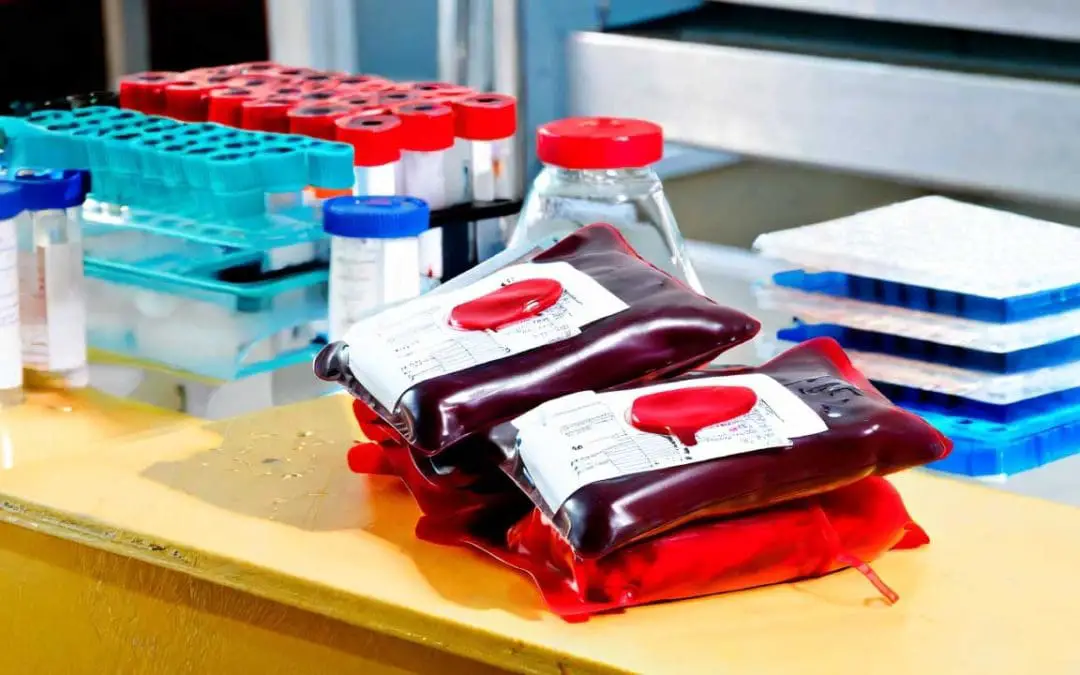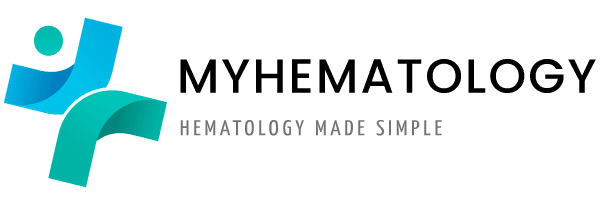
by MH Team | Oct 18, 2023 | Transfusion Medicine
TL;DR Blood ProductStorageTransportExpiryIndicationsWhole bloodIn a blood bank refrigerator at 2℃ – 6℃Can be transported for the next 24h if maintained at 1℃ – 10℃ during transportation35 days in a closed system, 24 hr in an...

by MH Team | Oct 18, 2023 | Transfusion Medicine
TL;DR Acute Hemolytic Transfusion Reaction (AHTR) is an acute hemolysis due to the administration of antigenically incompatible red cells. Timing ▾: During transfusion or within 24 hours. Signs and Symptoms ▾: Fever and chills Back or flank pain...

by MH Team | Oct 17, 2023 | White Blood Cells
TL;DR Multiple myeloma is a cancer of plasma cells, a type of white blood cell that produces antibodies. In this condition, abnormal plasma cells multiply uncontrollably and accumulate in the bone marrow. It is slightly more common in males than females and most...

by MH Team | Oct 17, 2023 | Platelet Disorders
TL;DR Hemophilia, the most common severe, inherited bleeding disorder, represents a failure in the secondary hemostatic mechanism. It is an X-linked recessive disorder characterized by a deficiency or dysfunction of a specific plasma coagulation factor, leading to...

by MH Team | Oct 16, 2023 | Platelet Disorders
TL;DR Vitamin K Deficiency Bleeding (VKDB) is a hemorrhagic disorder in newborns and infants (typically 0-6 months) caused by insufficient levels of vitamin K-dependent clotting factors, leading to spontaneous or traumatic bleeding. Causes: All newborns are...







Recent Comments